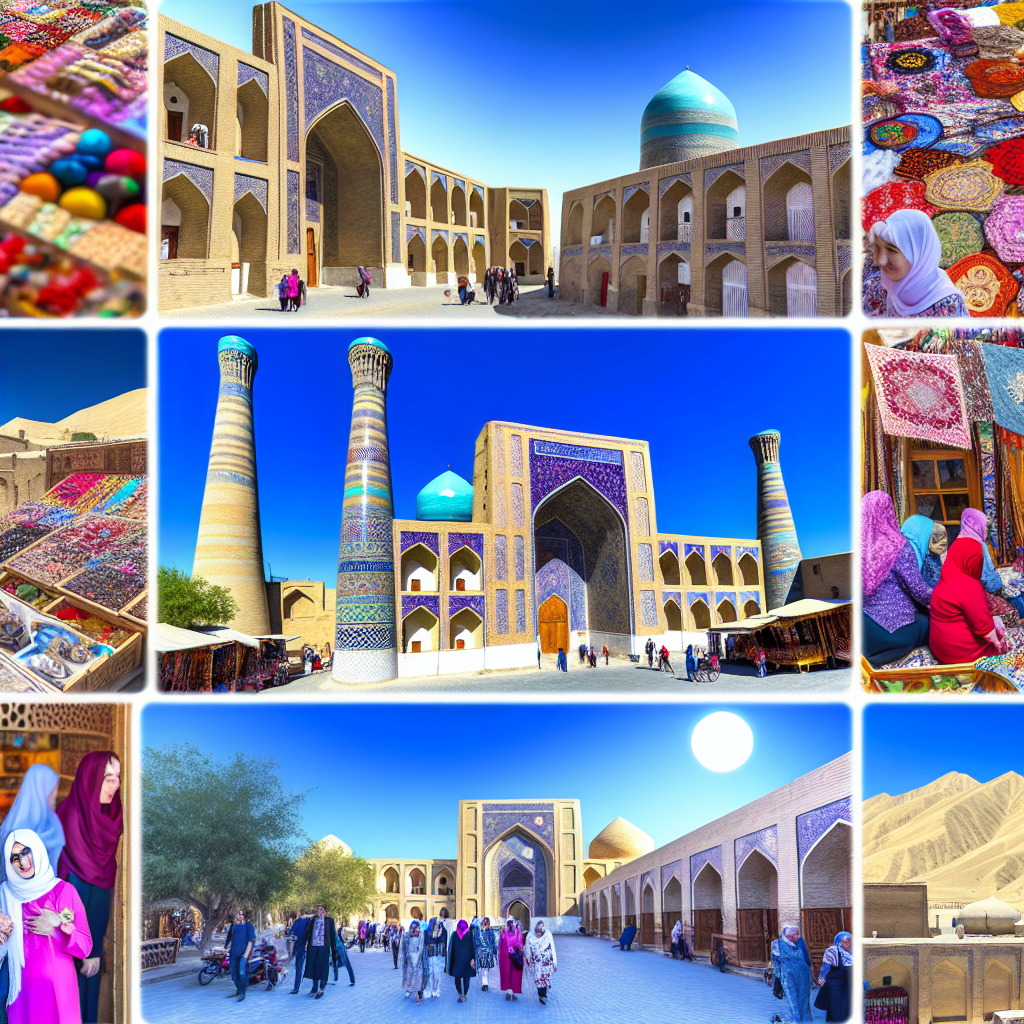Uzbekistan Emerges as Central Asia’s Fastest-Growing Tourism Destination
In recent years, Uzbekistan has rapidly transformed into one of Central Asia’s most attractive tourism destinations. With its rich history, stunning architecture, and strategic initiatives to boost tourism, the country is drawing increasing numbers of international visitors. This growth is not only reshaping Uzbekistan’s economy but also positioning it as a cultural and historical hub in the region.
The Rise of Uzbekistan’s Tourism Sector
Uzbekistan’s tourism sector has experienced remarkable growth, with visitor numbers increasing by over 50% between 2018 and 2023. According to the State Committee of the Republic of Uzbekistan on Statistics, the country welcomed approximately 7 million tourists in 2023, a significant jump from just 2.5 million in 2017. This surge is attributed to several factors, including government reforms, improved infrastructure, and global interest in Silk Road heritage.
One of the key drivers behind this growth is the government’s commitment to developing tourism as a priority sector. Since 2017, Uzbekistan has implemented visa liberalization policies, including e-visa systems and visa-free entry for citizens of over 80 countries. These measures have made travel to Uzbekistan more accessible and convenient, encouraging more tourists to explore the country.
Rich Cultural Heritage and Iconic Destinations
Uzbekistan’s appeal lies in its unique blend of history, culture, and natural beauty. The country is home to several UNESCO World Heritage Sites, including the ancient cities of Samarkand, Bukhara, and Khiva, which were key stops along the historic Silk Road.
- Samarkand: Known for its stunning Registan Square and the mausoleum of Timur (Tamerlane), Samarkand offers visitors a glimpse into the grandeur of the Timurid Empire.
- Bukhara: This city boasts over 140 architectural monuments, including the Ark Fortress and the Po-i-Kalyan complex, reflecting centuries of Islamic culture and scholarship.
- Khiva: A well-preserved medieval city, Khiva’s Itchan Kala fortress transports visitors back in time with its intricate madrasahs and minarets.
Beyond these historical sites, Uzbekistan also offers vibrant bazaars, traditional crafts, and authentic culinary experiences that enrich the visitor experience.
Infrastructure Development and Accessibility
To support the growing influx of tourists, Uzbekistan has invested heavily in infrastructure improvements. The modernization of airports in Tashkent, Samarkand, and Urgench has increased international flight connectivity, with direct routes now available from Europe, Asia, and the Middle East.
Additionally, the government has upgraded road networks and introduced high-speed rail services, such as the Afrosiyob train connecting Tashkent and Samarkand, reducing travel time and enhancing comfort for tourists.
Case Study: The Impact of Silk Road Tourism
The revival of Silk Road tourism has been a significant catalyst for Uzbekistan’s tourism boom. The Silk Road Economic Belt initiative, part of China’s Belt and Road Initiative (BRI), has increased regional cooperation and investment in tourism infrastructure.
For example, the city of Samarkand has seen a surge in Chinese tourists, with visitor numbers increasing by 30% annually since 2019. Local businesses have adapted by offering guided tours in Mandarin and developing Silk Road-themed cultural festivals, further boosting the local economy.
Challenges and Future Prospects
Despite its rapid growth, Uzbekistan’s tourism sector faces challenges such as seasonal fluctuations, limited English-language services, and the need for sustainable tourism practices to preserve its cultural heritage.
However, the government is actively addressing these issues by promoting year-round tourism, investing in hospitality training programs, and implementing environmental protection policies. The launch of new tourism zones and eco-tourism projects also signals a commitment to sustainable growth.
Conclusion: Uzbekistan’s Bright Future as a Tourism Powerhouse
Uzbekistan’s emergence as Central Asia’s fastest-growing tourism destination is a testament to its rich cultural heritage, strategic reforms, and infrastructure development. With millions of visitors discovering its ancient cities, vibrant culture, and warm hospitality, Uzbekistan is poised to become a leading global travel destination.
As the country continues to innovate and invest in sustainable tourism, it offers a compelling example of how historical legacy and modern development can combine to create a thriving tourism economy. For travelers seeking an authentic and enriching experience, Uzbekistan is undoubtedly a destination to watch in the coming years.





